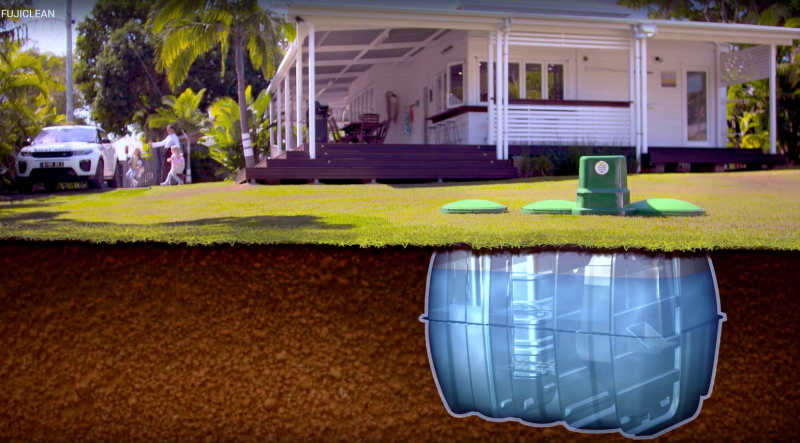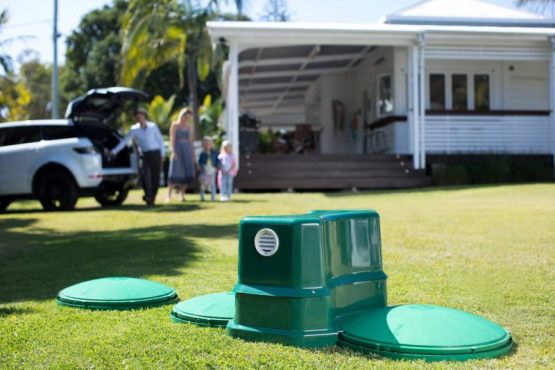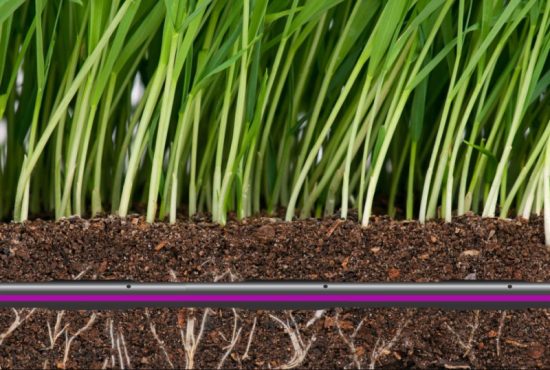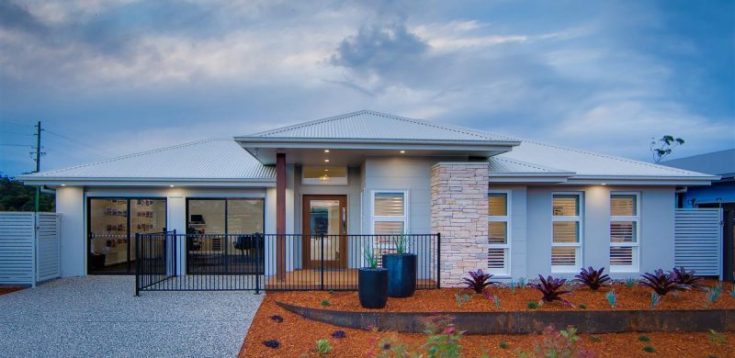Household Sewage News
February 12, 2020
Five things to know about home sewage treatment regulations
Dealing with regulations in regards to home sewage treatment can be confusing. There are some important things you need to know.
If your home is not connected to Council’s municipal sewerage system, you will have an On-Site Sewage Management (OSSM) system. An on-site sewage management system is a term used to refer to:
- Septic systems;
- Secondary treatment systems e.g. Aerated Wastewater Treatment Systems (AWTS), reed beds, sand filters;
- Pump-out systems; and
- Composting toilets.
There are special regulations that apply to these systems. As the owner of the property, it is your responsibility to ensure that the system is approved by your local council, inspected quarterly by a certified technician and that it is working properly.
Councils are responsible for the regulation of wastewater management in their local government area. They approve the installation and operation of on-site wastewater management systems. They also carry out inspections of existing systems and work with property owners to repair faults.

Fuji Clean systems installed by True Water meet all Local and State Government regulations for On-site Sewage Treatment.
1. Before you upgrade, replace or install an OSSM system, you must seek an Approval to Install from your local Council.
Firstly, if you would like to install a new sewage management system you will need to gain Council approval. This approval is required when installing a new system or amending an existing OSSM system.
When building a new house, there are forms that will need to be submitted by you, your builder or architect. In most cases, an Effluent Management Report will be required to assist the local authority in assessing the application. These reports are completed in accordance with Local and State Guidelines, requiring site assessment and initial system design details.
Under the provisions of Clauses 40 and 41, Local Government (General) Regulation 2005, a local council must not approve the installation of sewage management facilities of a domestic nature unless they have been accredited by the NSW Ministry of Health. This is the only statutory role of NSW Health in on-site single domestic wastewater management.
This requirement for accreditation applies to septic tanks, collection wells, aerated wastewater treatment systems, greywater treatment and composting systems. True Water chooses to recommend the accredited Fuji Clean Home Sewage Treatment Plant (HSTP) for all of our domestic clients who require secondary treatment.
2. Your system must meet Local Government requirements for treatment.
Secondly, NSW legislation and guidelines stipulate how on-site sewage management systems must be designed, operated and maintained. Systems must prevent risks to public health, prevent environmental damage (particularly to land, soil, groundwater and surface waters) and protect community amenity (e.g. avoid nuisances such as bad odours). While local and state regulations and guidelines can vary with respect to sizing of treatment systems and restrictions on the disposal of the effluent, the primary concern is maintaining a healthy environment.
Each Council is in charge of monitoring all OSSM systems to ensure they meet standards protecting public health, the environment and community living.
Compliance Officers undertake inspections of existing systems throughout the year and owners are usually notified in writing. Council also inspects when it becomes aware that a system may be malfunctioning, leading to public health or environmental concerns. Improvement notices or other orders may be issued following these inspections.
3. Every home must have an Approval to Operate provided by Council.
In addition, everyone must have an Approval to Operate an on-site sewage management system. This is an ongoing approval through Council required under State Government legislation. It requires the landowner to take all reasonable steps to minimise transmission of disease, pollution of water and degradation of land. In turn, Council must ensure each system is working efficiently.
An Approval to Operate is awarded to new systems after the Council inspects the site. They do this to confirm that the requirements for the Approval to Install have been met. Existing systems also need this approval. When purchasing a home, you need a new Approval to Operate as they expire upon the sale of a property. Council will usually contact new owners in regard to this.
To be eligible for this approval you must provide details of how the sewage management system will be operated, maintained, serviced and the action to be taken in the event of a breakdown or interference.
Consult directly with the Council for information on any eligibility requirements specific to your approval.
4. Homeowners are required to make sure their system undergoes regular maintenance by an authorised service agent.
In particular, on-site systems can be a risk to the health of your family and other community members if they are not properly maintained. Likewise, they can also cause harm to the environment.
Poorly maintained or managed OSSM systems are a serious source of water pollution and may present a health risk, cause odours and attract vermin and insects. What you put down your drains and toilet has a lot to do with how well your system performs. Maintaining your home sewage treatment plant correctly is vital to its ongoing efficiency.
Scheduled servicing of your sewage management system needs to be done regularly. According to the NSW Government Health regarding Servicing of Domestic Secondary Treatment Sewage Management Facilities, the owner:
- Shall not service their own system unless they are an authorised service agent.
- Shall ensure the system is serviced at regular, specified intervals.
- Should check with the manufacturer to ensure that any independent service agent is authorised by the manufacturer.
The service agent must be registered with the local council and submit a completed NSW Health standardised “Local Council Service Report” after each service to the local council. A completed manufacturer’s service report should also be supplied to the owner / occupier after each service.
All Aerated Wastewater Treatment Systems (AWTS) are required to be serviced every three months by a qualified technician. All other system types must be serviced at least once every year. The technician must service the system in accordance with the manufacturer’s service requirements specified in its service manual. You can contact Council for a list of authorised service agents in your area.
5. Be aware of the potential need for Upgrade or Expansion if you Renovate your Home.
Finally, the required size/capacity of your sewage treatment system is directly related to the design wastewater load. If your plans include additional bedrooms or bathrooms, you will likely need to upgrade your existing system.
Discuss the requirements with your Council. In some cases, you will only need to expand your Effluent Disposal Area. However, depending on your renovation plans and the age of your existing system, a replacement system may be needed.
To sum it up, it is important that a Home Sewage Treatment system is well designed, expertly installed and operated under the relevant guidelines. This will ensure it works well into the future. Knowing about the various components of your wastewater system and where they are on your property will help in its ongoing management.
Regardless of location and challenges, True Water deliver systems and provide solutions that meet our clients’ needs and satisfy all government regulations. Contact one of our consultants today to discuss your project.



